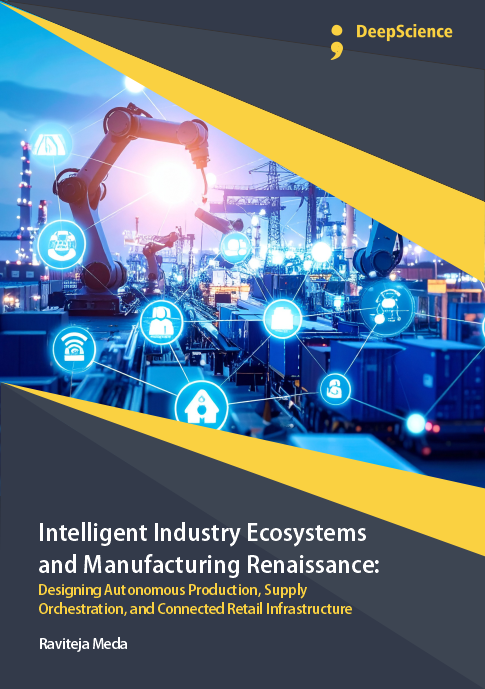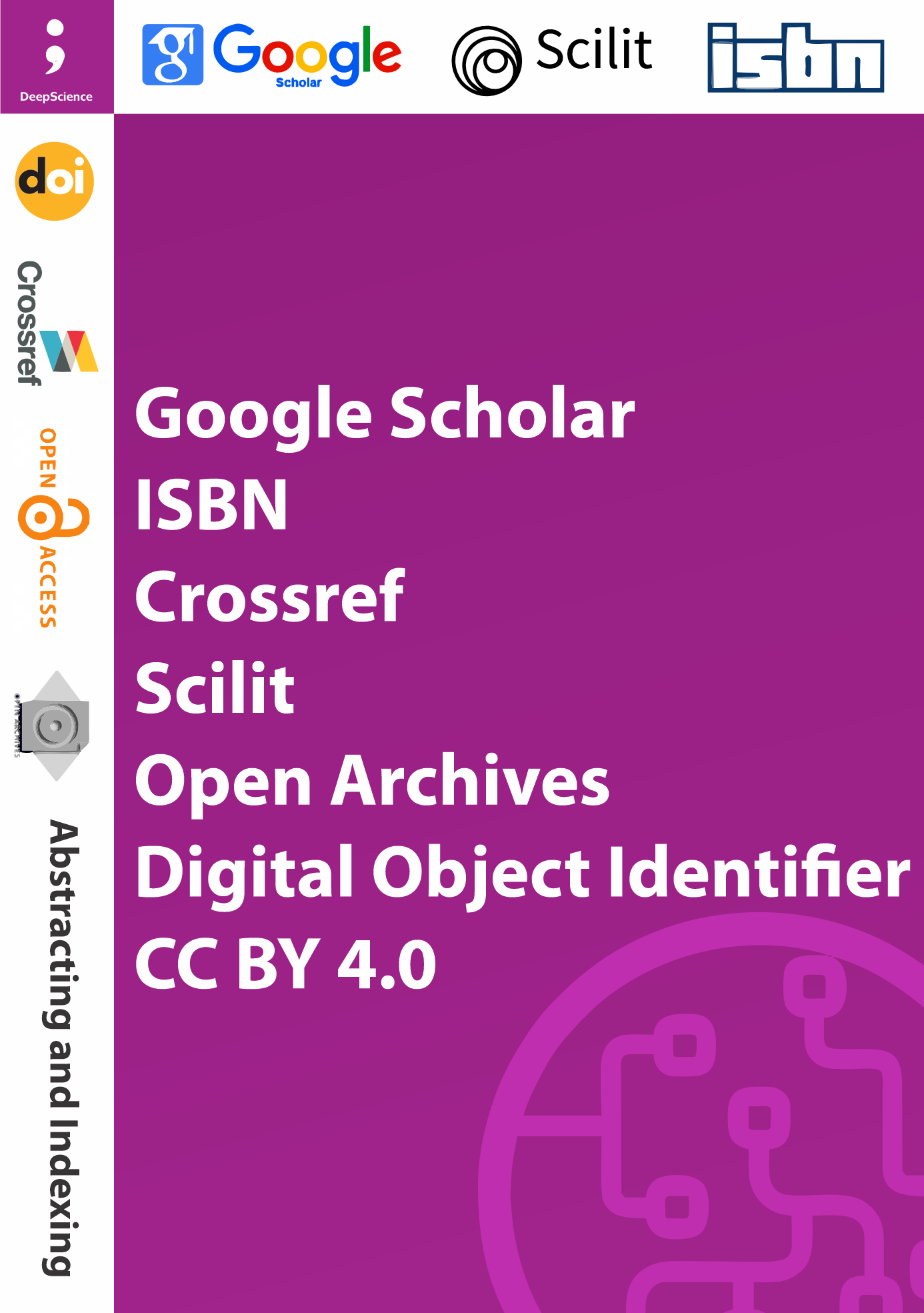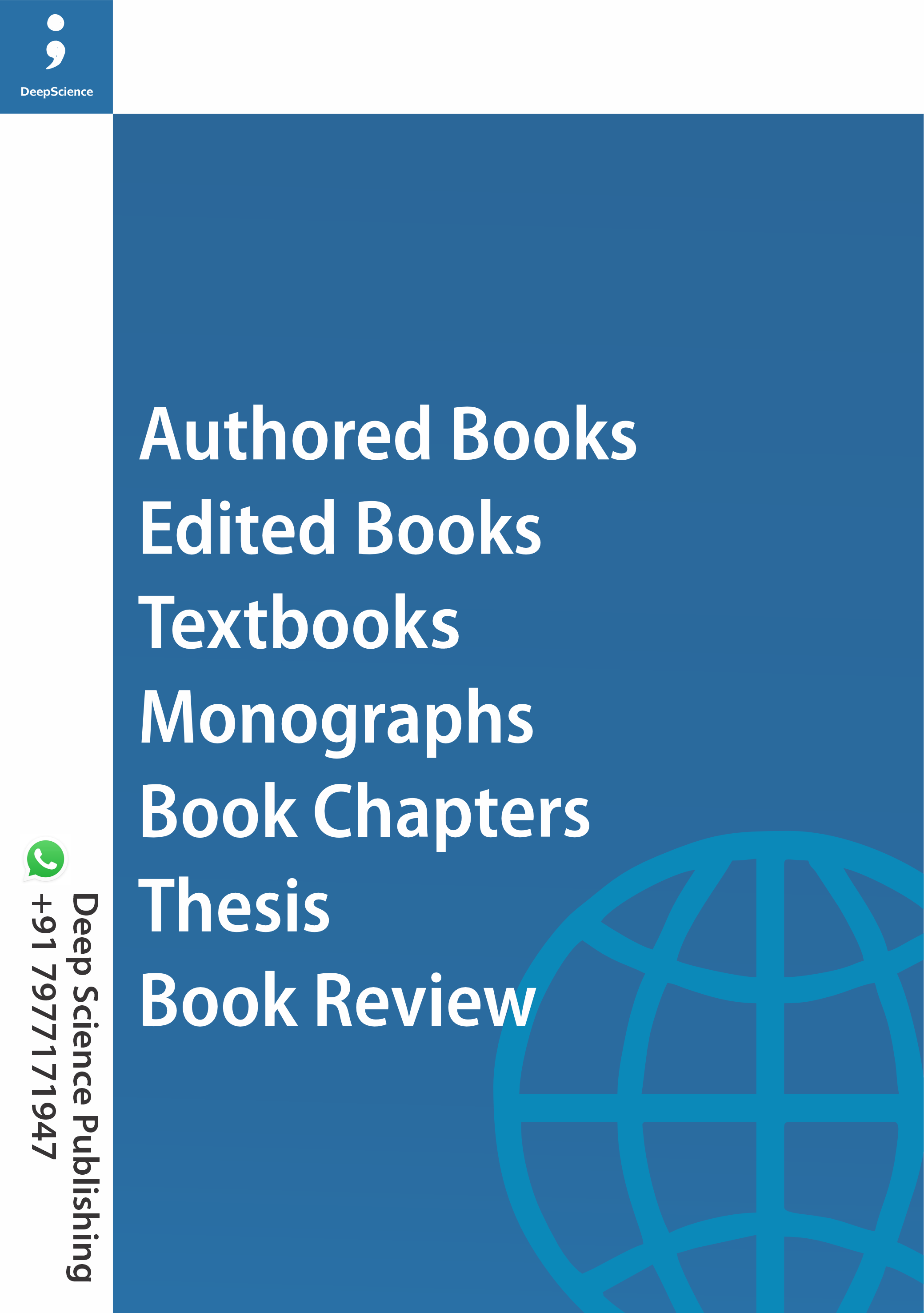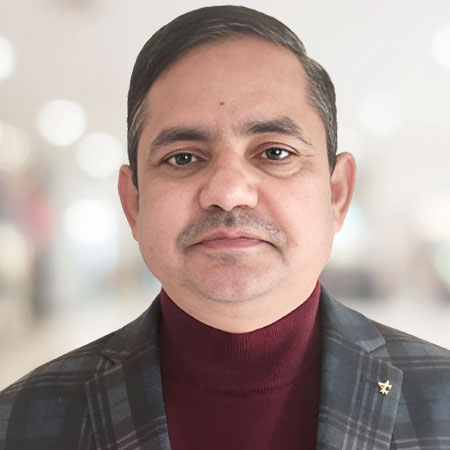Designing circular supply chains and eco-conscious infrastructure for sustainable manufacturing
Synopsis
In order to obtain a sustainable form of living on Earth, it is absolutely necessary to achieve Nets Zero Production Waste in Manufacturing, defined as the waste managing and disposal to landfills, the release to Air or Water Pollution, the waste exporting or transferring to other nations, etc. This goal cannot be achieved only with cleaning and recycling technologies, because the cost of cleaning wastes and transforming them into something useful is equal or more than their energetic, financial, or ecological cost. The progress towards a Nets Zero Waste for Manufacturing is a true revolution in the way that products are produced for the economy and the society. This revolution has to bind very closely the efficient production of goods for the economy and the society to a rational elimination of Manufacturing Production Waste, which is something that mankind cannot abandon, as after a period of time the Waste Cost becomes an extremely expensive eco-economic cost. Neither costly recycling technologies or used waste dump zones or incinerators for reducing toxic or noxious gases are the economical answer. The only viable option to be endorsed is to consider the current actual form of manufacturing as being true and responsible for emissions and production waste and to be economically liable for the impact of the production process, until all forms of wastes are designed, utilized, and implemented directly in the form of Good Manufacturing Practice for sustainable manufacturing.













